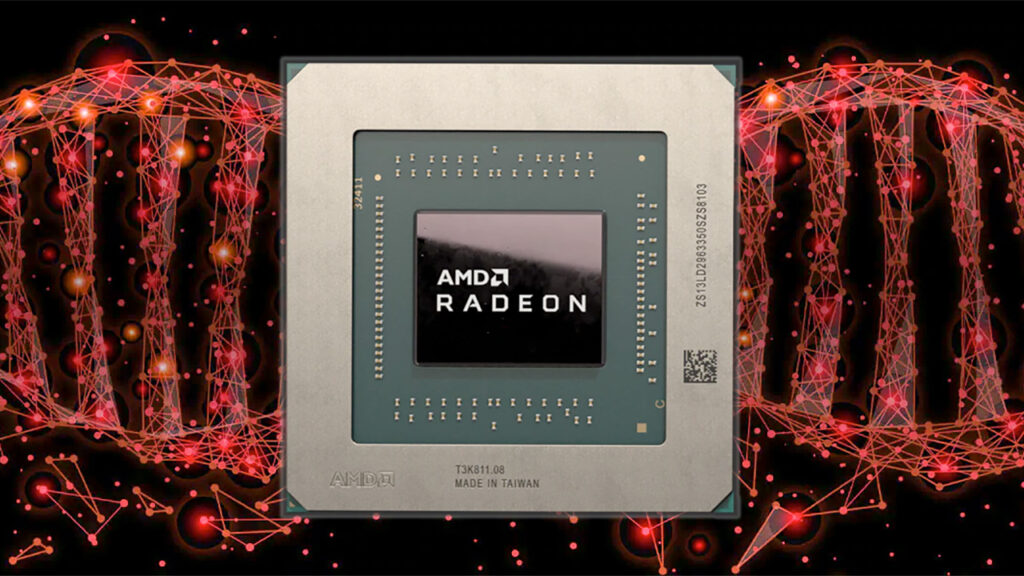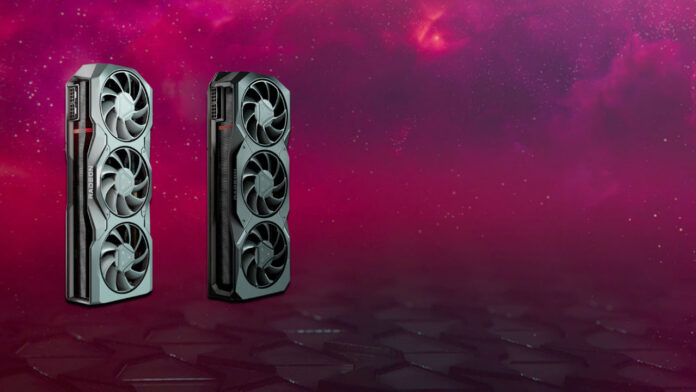With NVIDIA already rolling out their new 4000 series, it’s no surprise that AMD is also rearing up to launch a new series of graphics cards in the form of the RDNA 3.
The expectations are high since they are transitioning to the new 7nm and 5nm architecture, so performance improvements should be pretty noticeable.
RDNA 3 Release Dates
Their flagship GPUs, the AMD Radeon RX 7900 XTX and Radeon RX 7900 XT, will be released and available for purchase on December 13, 2022, just in time for the holiday season.
The rest of their lineup still lacks a release date, but we will surely be hearing more by the end of this year.
RDNA 3 Price
The AMD Radeon RX 7900 XT version will cost $899, while the Radeon XTX version will be $999. When compared directly with the NVIDIA options, namely the RTX 4090, which costs a whopping $1599, and the RTX 4080 at $1199, these new RDNA 3 options seem like a more budget-friendly option.
RDNA 3 Specifications

While the pricing seems enticing, let’s see if they have the performance to back it up.
The RX 7900 XTX is their flagship. It boasts 96 CUs (Compute Units) and a frequency of 2.3 GHz with a massive 24GB GDDR6 of memory with a total board power of 355W, comparatively lower than the NVIDIA options currently available. These numbers indicate a 15% increase in frequency compared to the last generation and a 20% increase in CUs.
The RX 7900 XT will have 84 CUs, a 2 GHz game clock, and 20GB GDDR6 memory with a power draw that is locked at 300W.
As a bonus, the RDNA 3 lineup boasts an integrated DisplayPort 2.1 that will offer 8K@165Hz and 4K@480Hz. This could be a big win for AMD since Nvidia’s 4000 series are still equipped with the DisplayPort 1.4a limited to 8K@60Hz or 4K@120Hz. This means that AMD might have a shot at piquing the interest of serious gamers that genuinely care about refresh rates.
RDNA 3 Performance
Just like with any benchmark presented by a company trying to sell its product, take these estimations with a grain of salt. Until third-party benchmarkers can get their hands on the GPUs and perform impartial testing, this is what we have to work with.
When using a 4K native resolution, the RX 7900 XTX has 1.7 better performance when compared to the RX 6950 XT. Given that AMD has not mentioned any upscaling, this is an impressive boost in performance.
AMD also boasted 1.6x more FPS in Doom Eternal with Ray Tracing enabled. Since NVIDIA has offered the best Ray Tracing performance in the past few years, it’s good to see AMD putting some real effort into catching up and pushing the competition.
RDNA 3 Features
FSR 3.0: AMD is also bringing out an updated version of their direct competitor to NVIDIA’s DLSS in the form of AMD FSR 3.0, which will deliver up to two times the FPS compared to AMD FSR 2. Since this feature will come out in 2023, we have to wait before we can get a better look at what it has to offer.
Hypr-RX: This new technology will increase FPS and provide lower latency. If we are to believe AMD and take their claims for granted, we could see an increase of 85% in FPS and a decrease of 60% in latency, but again we will have to wait to see how these technologies will perform on third-party benchmarks.
Make sure to check with us in the coming months as we share any changes and the release dates for the rest of the new AMD generation of GPUs.



